

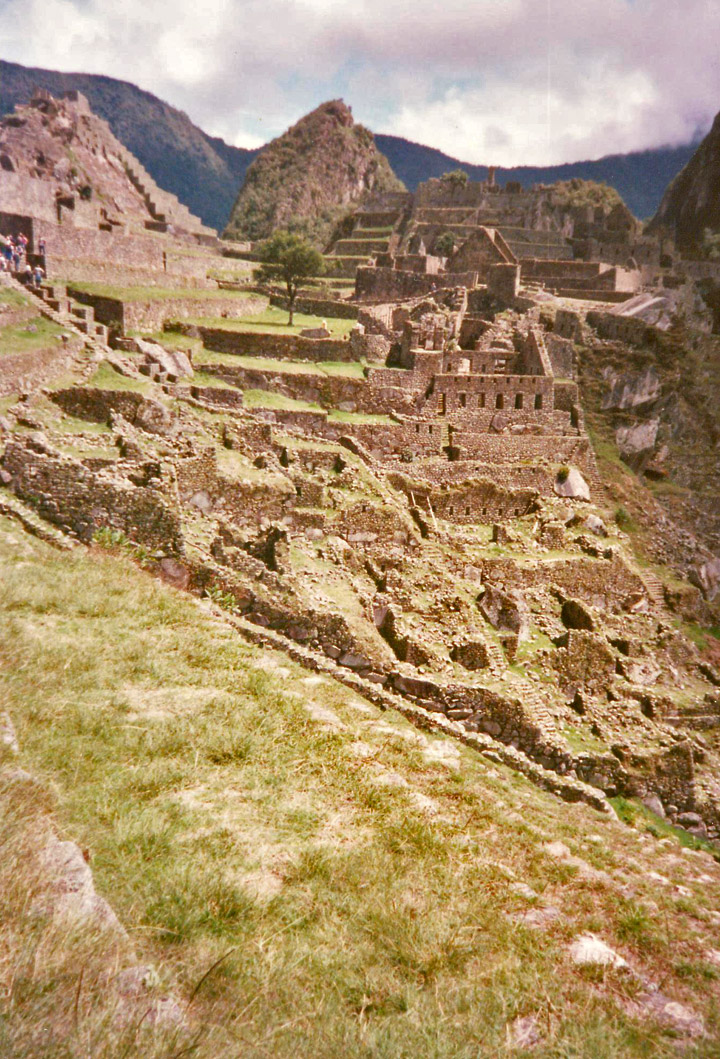
Machu Picchu
Machu Picchu (Quechua: Machu Pikchu "Old Peak") is a pre-Columbian Inca city located at 2,430 m (7,970 ft) altitude on a mountain ridge above the Urubamba Valley in Peru, about 70 km (44 mi) northwest of Cusco. Machu Picchu is probably the most familiar symbol of the Inca Empire. It is often referred to as "The Lost City of the Incas". The site was designated as a World Heritage Site in 1983 when it was described as "an absolute masterpiece of architecture and a unique testimony to the Inca civilization".
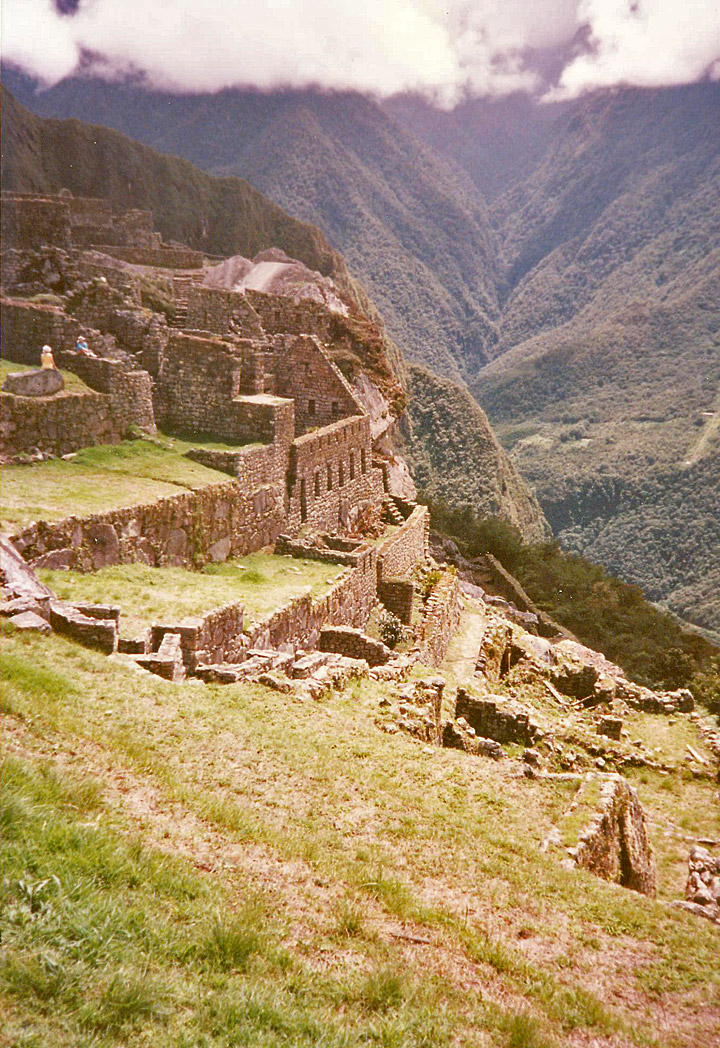
Forgotten for centuries by the outside world, although not by locals, it was
brought back to international attention by archaeologist Hiram Bingham in 1911,
who made the first scientific confirmation of the site and wrote a best-selling
work about it.
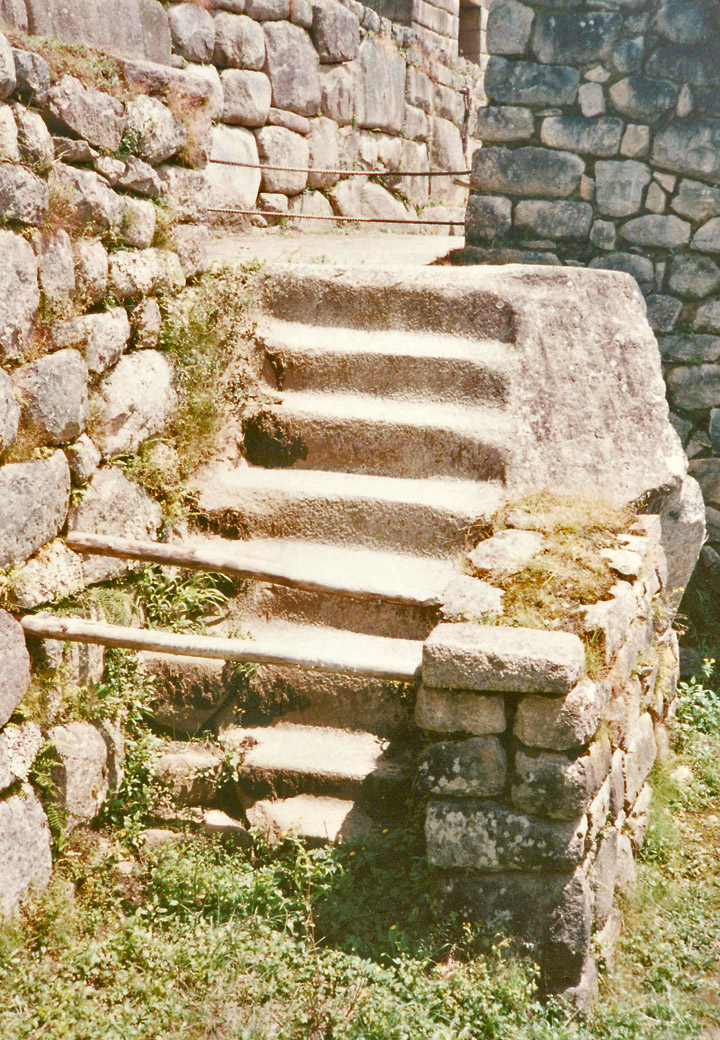
Machu Picchu was constructed around 1450, at the height of the Inca empire, and was abandoned less than 100 years later, as the empire collapsed under Spanish conquest. Although the citadel is located only about 50 miles from Cusco, the Inca capital, it was never found and destroyed by the Spanish, as were many other Inca sites. Over the centuries, the surrounding jungle grew to enshroud the site, and few knew of its existence. In 1911, Yale historian and explorer Hiram Bingham brought the "lost" city to the world’s attention. Bingham and others hypothesized that the citadel was the traditional birthplace of the Inca people or the spiritual center of the "virgins of the sun," while curators of a recent exhibit have speculated that Machu Picchu was a royal retreat.
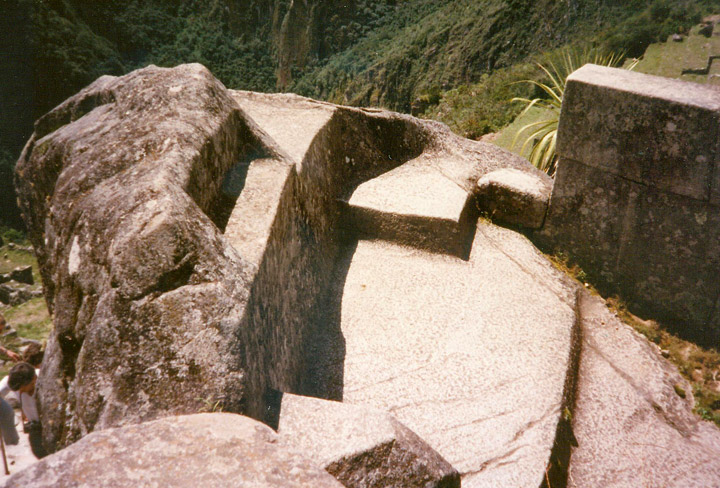
It is thought that the site was chosen for its unique location and geological
features. It is said that the silhouette of the mountain range behind Machu
Picchu represents the face of the Inca looking upward towards the sky, with the
largest peak, Huayna Picchu (meaning Young Peak), representing his pierced nose.
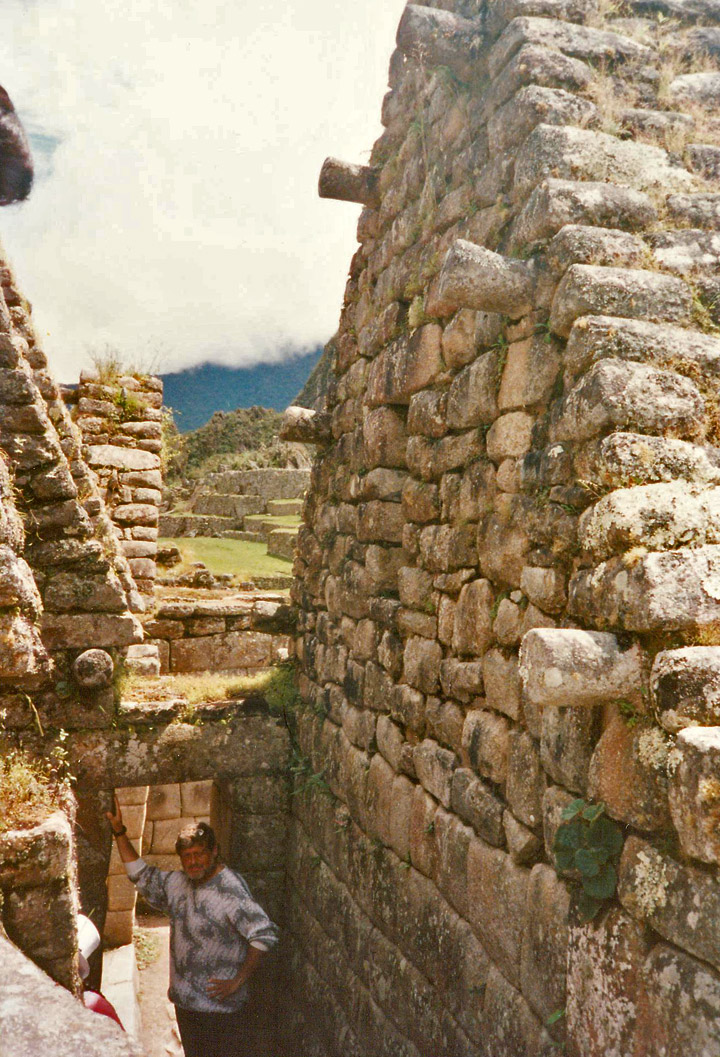
In 1913, the site received significant publicity after the National Geographic
Society devoted their entire April issue to Machu Picchu.
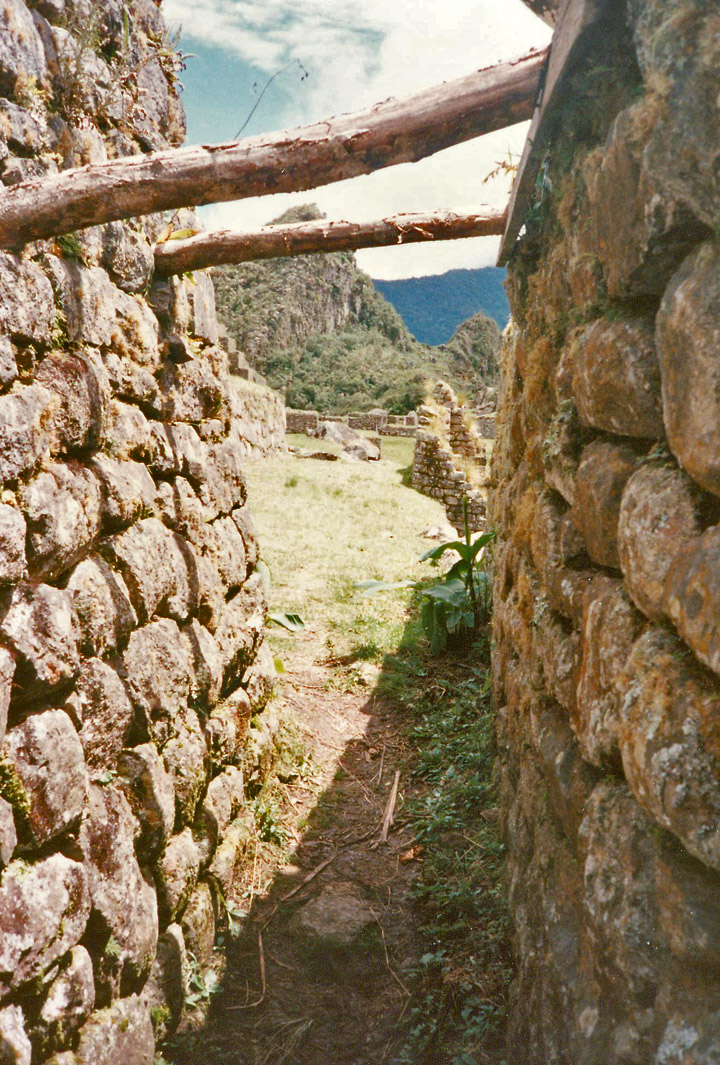
On July 7, 2007, Machu Picchu was voted as one of New Open World Corporation's
New Seven Wonders of the World.

On July 24, 1911, Machu Picchu was brought to the attention of the West by Hiram Bingham, an American historian then employed as a lecturer at Yale University. He was led there by locals who frequented the site. This explorer/archaeologist began the archaeological studies there and completed a survey of the area. Bingham coined the name "The Lost City of the Incas", which was the title of his first book. He never gave any credit to those who led him to Machu Picchu, mentioning only "local rumor" as his guide.
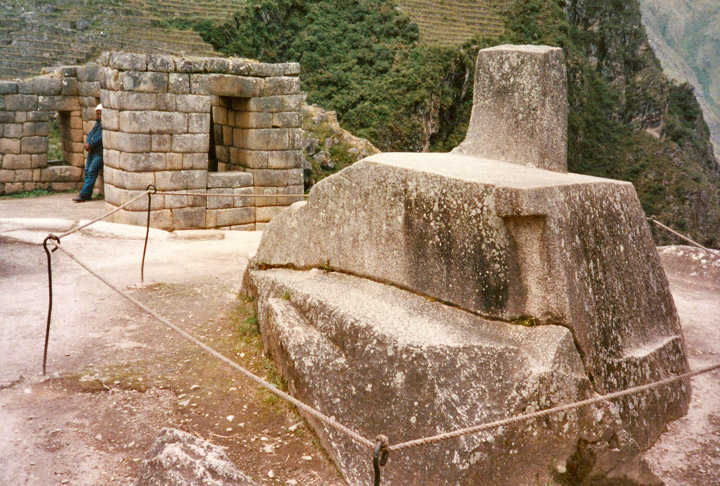
Bingham had been searching for the city of Vitcos, the last Inca refuge and spot
of resistance during the Spanish conquest of Peru. In 1911, after various years
of previous trips and explorations around the zone, he was led to the citadel by
Quechuans who were living in Machu Picchu in the original Inca infrastructure.
Bingham made several more trips and conducted excavations on the site through
1915. He wrote a number of books and articles about the discovery of Machu
Picchu.
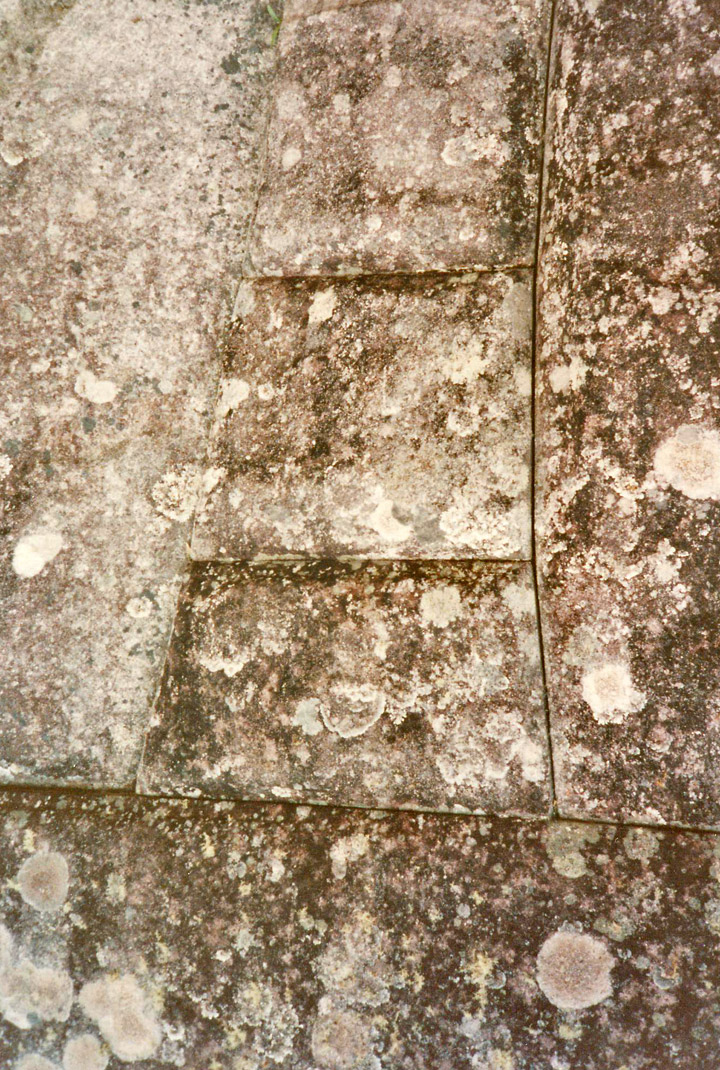
During the early years in Peru, Bingham built strong relationships with top
Peruvian officials. As a result, he had little trouble obtaining necessary
permission, paperwork, and permits to travel throughout the country and borrow
archeological artifacts. Upon returning to Yale University, Bingham had
collected around 5,000 such objects to be kept in Yale's care until such time as
the Peruvian government requested their return. Recently, the Peruvian
government requested the return of all cultural material, and at the refusal of
Yale University to do so, began to consider legal action.
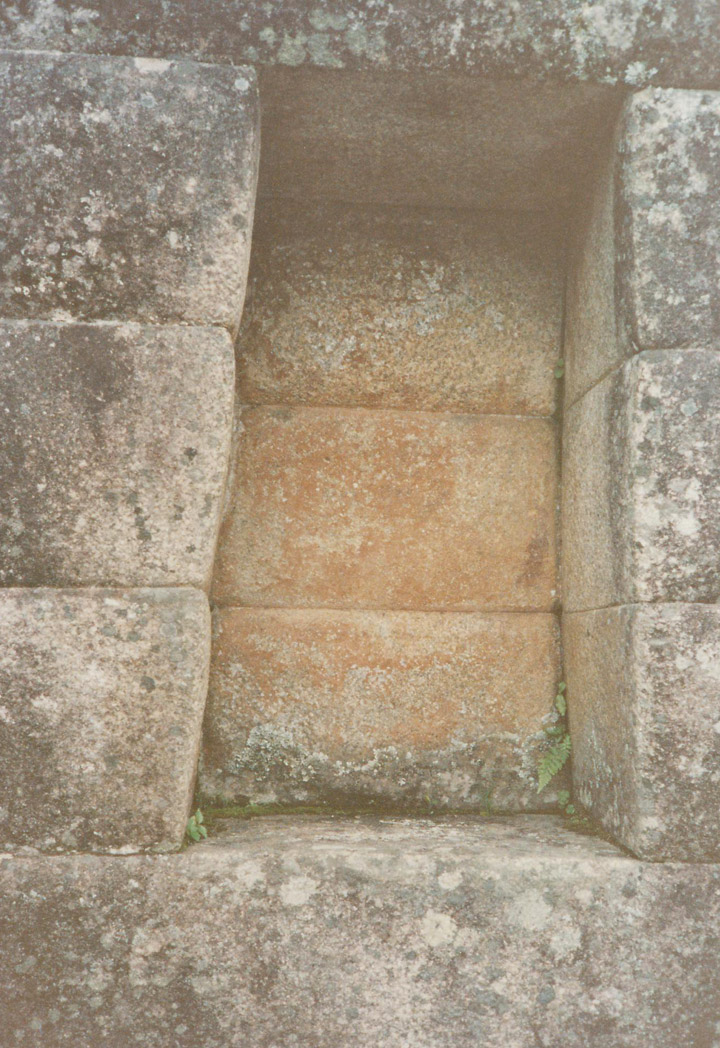
All visits to Machu Picchu at some point leave from Cusco, which can be reached via a domestic flight from Lima. Taking the tourist train from Cusco (which takes 3.5 hours to get to Machu Picchu).
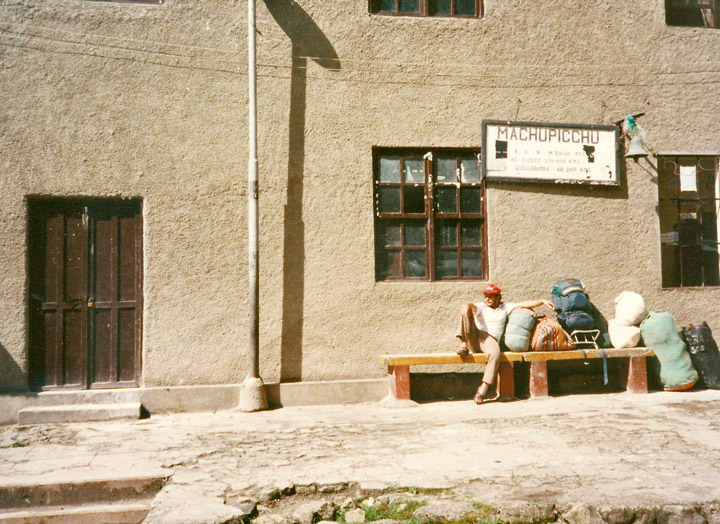
Machu Picchu station
The most common way is to take the train to Machu Picchu in the morning, explore the ruins for a few hours and return to Cusco in the afternoon. The train terminates at Puente Ruinas station, where buses take tourists up the mountain to Machu Picchu. Strangely, Machu Picchu station is at Aguas Calientes (2 km before Puente Ruinas station) but is not the station used by tourists on a day trip.
Text from Wikipedia
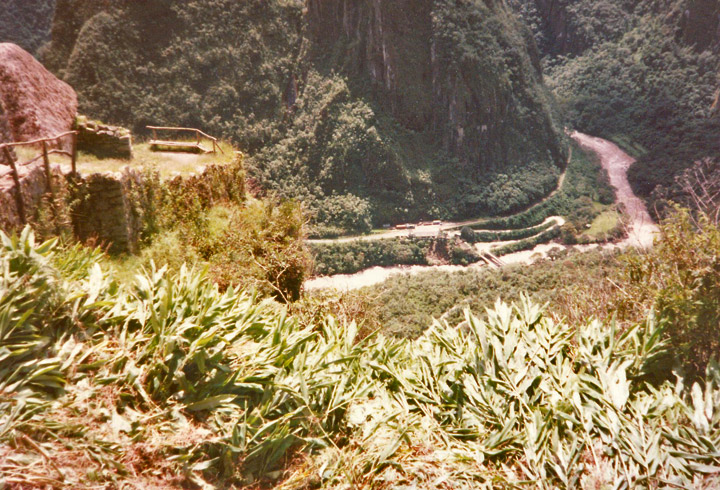
up the long hill from the station to Machu Picchu ruins
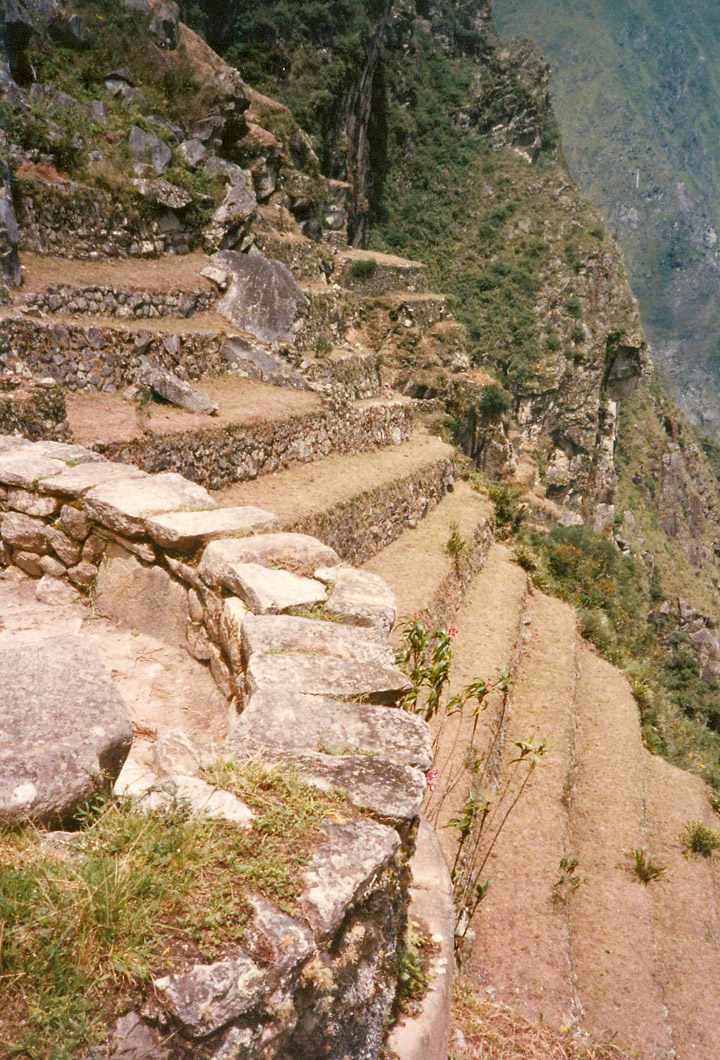
on the side of the hill
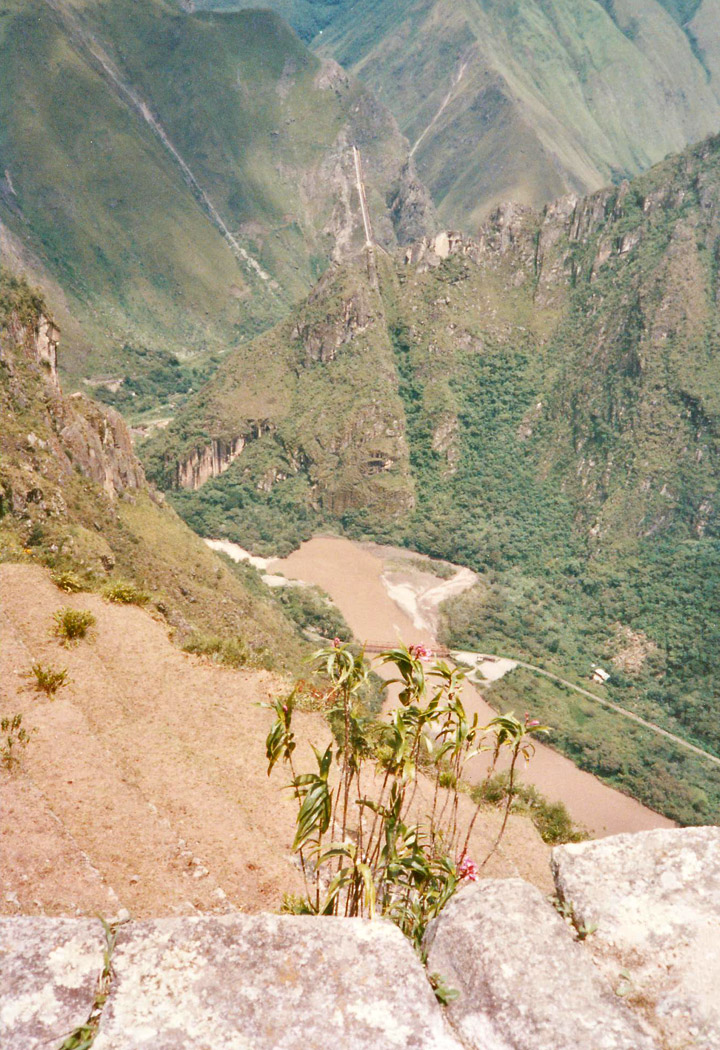
overlooking the valley
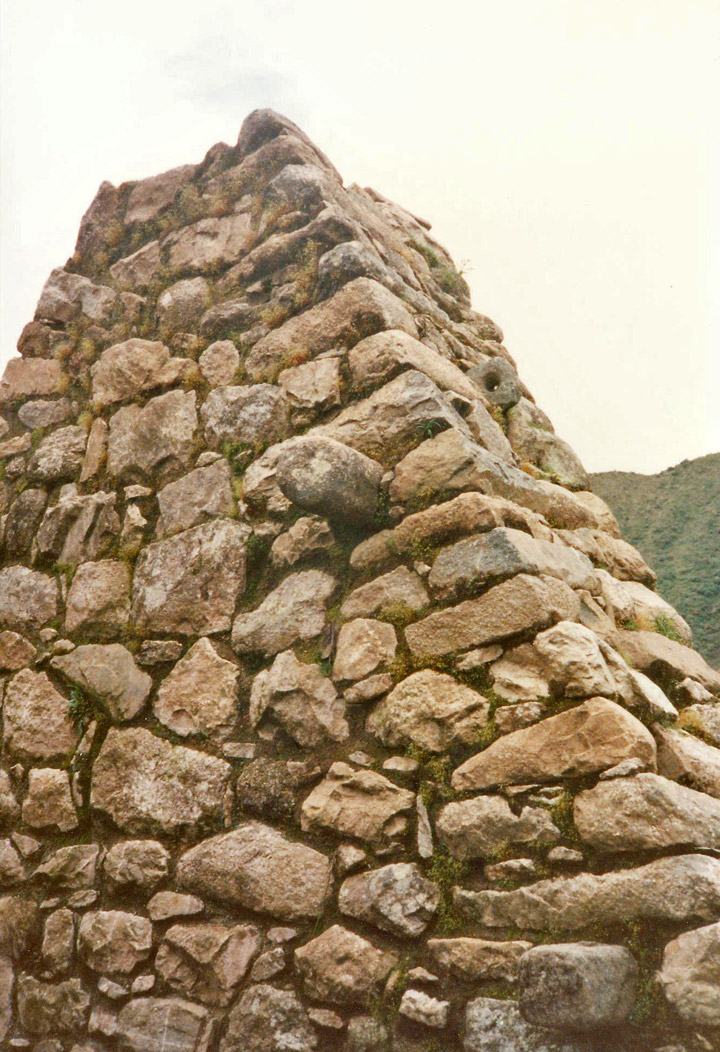
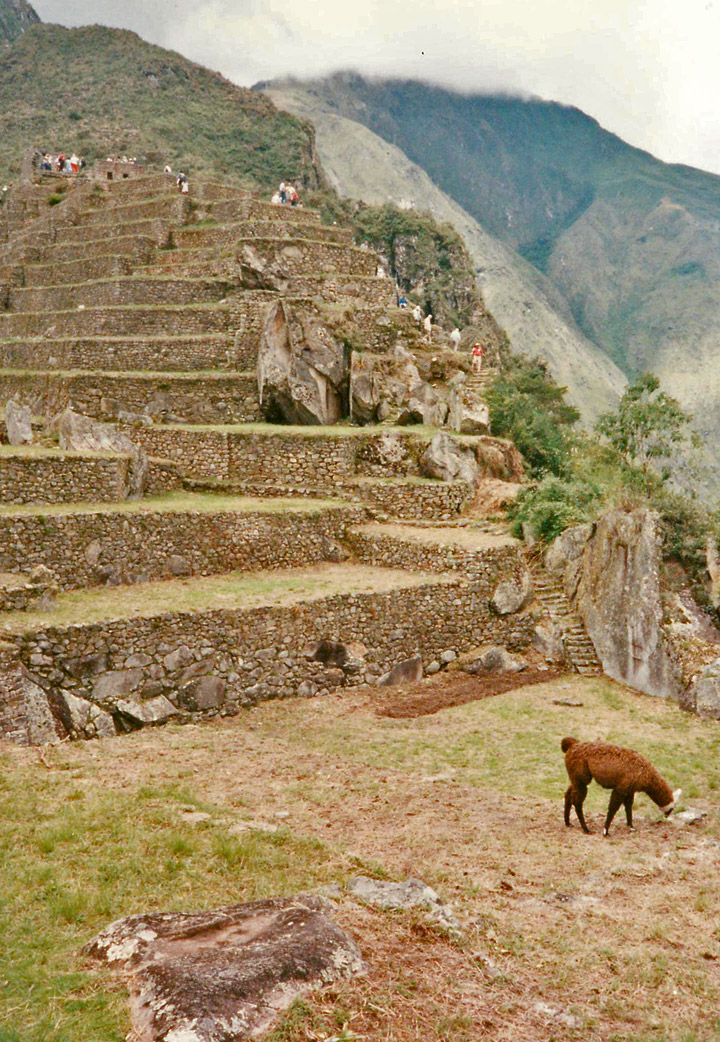
the ruins